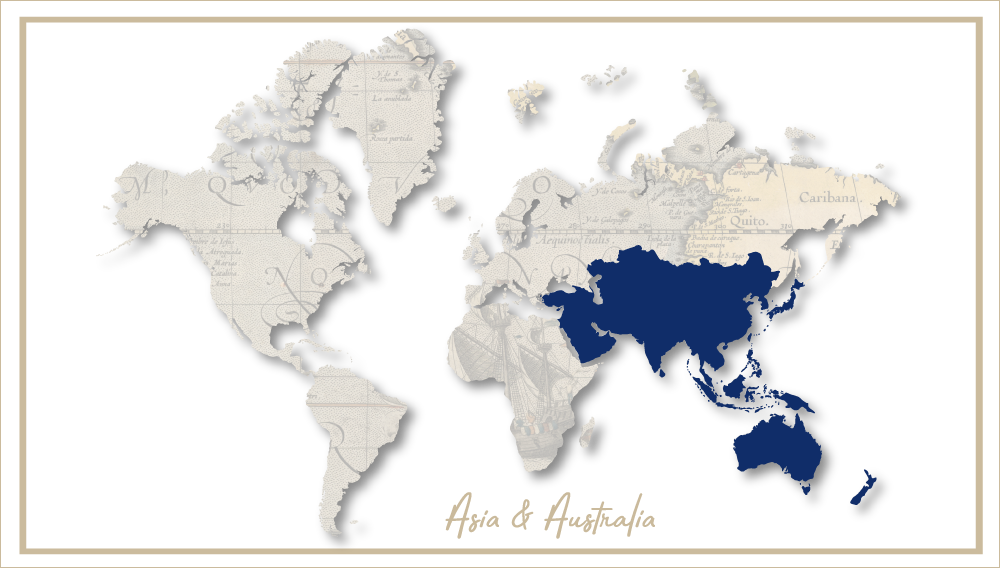Hopped cider – who’s hopping mad here?
Hopped ciders are supposedly “tasty as hell”. In South Australia, the Hills Cider Company released its Hop Edition cider (8% ABV) in bottles, following a few small batch releases in keg. Made with fresh Adelaide Hills apples and – probably dry-hopped – with a blend of Cascade, Chinook, Summer, Citra and Galaxy hops, the “fusion displays upfront pineapple, citrus and tropical fruit aromatics, with subtle apricot, melon, pink grapefruit and citrus flavours,” Hills Cider’s Steve Dorman was quoted as saying. “The astringency of the hops balances the sweetness of the fresh apples, to create a fresh, crisp and fruit driven cider … with the ever growing popularity of hopped cider styles in USA and an increasingly educated craft beer and cider market here in Australia, we thought this would be a very exciting addition to the Australian craft cider category,” he said.
Cider is a buoyant category in Australia, having reached 4 litres per capita or 5 percent of the beer market, estimates indicate.
Whatever readers generally think of the idea, hopped ciders have been around the U.S. for a few years now. However, they only gained wider recognition last year when the Vermont Hard Cider Company - whose Woodchuck brand is the number two brand in the cider category at 2.31 million (2.25-gallon) cases in 2014 – launched its Hopsation, a cider made with hops to yield IPA-like flavours.
Hopsation could have been a solitary experiment had not earlier this year Boston Beer, the brewer of Samuel Adams beer and maker of Angry Orchard ciders, released its own French hops–infused Hop’n Mad Apple variety. That’s when observers knew that the category was hot.
In fact, players big and small are clamouring for their share of the alcohol industry’s fastest-growing segment. Cider is growing even faster than craft beer, driven mostly by Boston Beer’s Angry Orchard brand, which is the major player in this field. The Angry Orchard brand jumped 81 percent in 2014 to 14.5 million cases, according to Impact Databank. AB-InBev’s Johnny Appleseed burst onto the scene a year ago and quickly grabbed third place with a volume of 1.5 million cases, slightly ahead of MillerCoors’ Smith & Forge brand—also new to the marketplace in 2014—at 1.24 million cases.
The entire category saw sales leap last year by 61 percent to nearly 26 million cases, equal to about 1 percent of the U.S. beer market.
This has come at a price. The biggest competitors in the cider category have been blitzing the airwaves with commercials, spending around USD 100 million in 2014, it was reported.
Lisa Rudman, MillerCoors’ Marketing Manager for innovations and incubation brands, said: “Bigger players like MillerCoors will continue to grow this category, making consumers aware of cider. The rising tide we create will lift all boats.”
Ms Rudman predicts that the U.S. cider category’s volume could triple in the next five years, bringing it to about 3 percent of the beer industry’s volume. In Europe, cider’s share is closer to 5 percent of beer’s volume, albeit with strong regional differences.
Keywords
cider hops Australia raw materials international beverage market
Authors
Ina Verstl
Source
BRAUWELT International 2015


